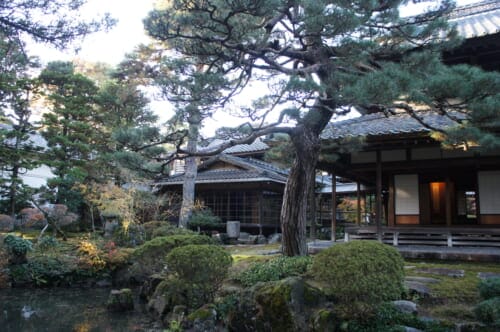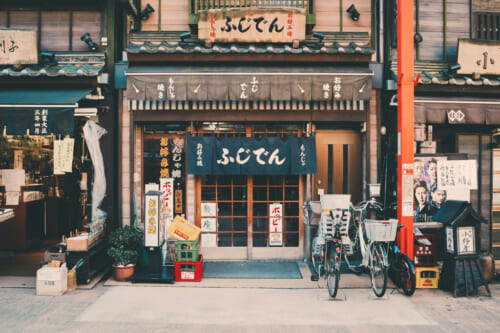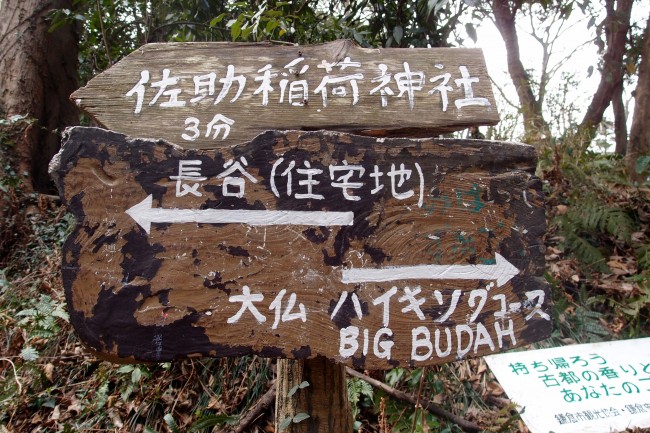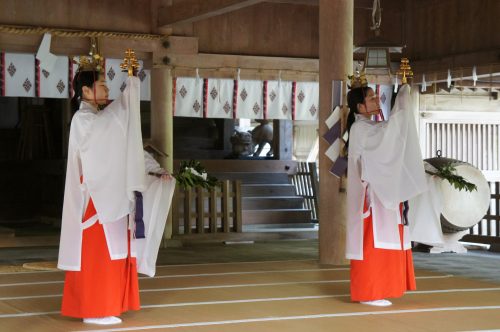If you have ever watched Japanese anime, TV dramas, or movies, you have probably heard itadakimasu いただきます and gochisousama deshita ごちそうさまでした before and after a meal. While these expressions are often casually translated as “Bon appétit” and “Thank you for the meal,” they carry far deeper cultural and spiritual meanings in Japanese.
Understanding the proper usage and significance of these expressions is key to appreciating traditional Japanese etiquette and food culture. Whether you are learning Japanese, planning a trip to Japan, or just curious about cultural traditions, this guide will help you grasp the full meaning behind itadakimasu and gochisousama and how to use them correctly.
What Does Itadakimasu Mean in Japanese?
The word itadakimasu is traditionally said before eating. Although it’s often translated as “I humbly receive,” this simple phrase reflects a broader sentiment of gratitude in Japanese culture. Saying itadakimasu before a meal is a way of expressing thanks, not just to the person who prepared the food but also to everyone involved in bringing the meal to your table.
This includes farmers, fishermen, delivery workers, and even the animals and plants that gave their lives for sustenance. In this sense, itadakimasu is not just about manners, it’s a spiritual acknowledgment of the interconnectedness of all things.
Cultural Roots of Itadakimasu
The concept behind itadakimasu has deep roots in Japanese Buddhism. In Buddhist philosophy, taking a life — even the life of a plant — is a serious act. Saying itadakimasu is considered a reminder to be grateful for the sacrifices made so that we may eat and live.
This practice is somewhat similar to the Christian tradition of saying grace before a meal. However, rather than directing gratitude to a single deity, itadakimasu honors all beings and people involved in the meal’s journey, from field to plate.
How to Use Itadakimasu Properly
In Japan, itadakimasu is usually said just before eating, after everyone is seated and the food has been served. Here’s how to use it:
- Say itadakimasu out loud, preferably with a slight bow.
- Many people put their hands together in a prayer-like gesture while saying the phrase.
- It’s polite to wait for everyone at the table to be ready before you begin eating.
- In formal settings or with elders, it’s respectful to let the senior-most person start eating first.
These mealtime manners are especially important in traditional households, schools, and formal dining situations.
Japanese Table Manners: Beyond Itadakimasu
Saying itadakimasu is just one part of Japanese dining etiquette. Here are a few other important behavioral patterns to observe:
- Wait for everyone: Don’t start eating until everyone is seated and ready.
- Respect hierarchy: At formal meals, allow elders or the highest-ranking person to start eating first.
- Don’t waste food: Finishing your meal shows appreciation, not only to the cook but also to the ingredients themselves.
- Silent appreciation: Chewing quietly and savoring the food is a sign of respect.
By following these unspoken rules, you are not just being polite, you are actively participating in Japanese cultural values.
What Does Gochisousama Mean?
After finishing your meal, it’s customary to say gochisousama deshita or the more casual gochisousama ごちそうさま. This phrase can be interpreted in Japanese as “Thank you for the meal; it was a feast,” and it acknowledges the effort that went into preparing the meal.
The kanji characters for gochisou ご馳走 originally referred to running around to gather ingredients, an old-fashioned way to describe the work behind a meal. So when you say gochisousama, you are expressing thanks not just for the food but also for the time, energy, and love that went into preparing it.
How to Use Gochisousama Correctly
Just like itadakimasu, gochisousama is more than just a phrase, it’s an important part of Japanese dining etiquette.
- Say it immediately after finishing your meal.
- You can say it out loud at the table or when leaving the dining area.
- In restaurants, it’s common to say it to the waiter or chef as you’re leaving or paying the bill.
- In casual situations with friends or family, a simple gochisousama is enough.
Even as a foreigner or tourist in Japan, using this phrase will be appreciated and can leave a positive impression on locals.
Should You Say Gochisousama at Restaurants?
Yes, definitely! Even though you are paying for the meal, Japanese dining culture still values expressions of gratitude. Saying gochisousama deshita to the server, cashier, or even the kitchen staff shows respect and appreciation.
Here are a few ways to use it naturally:
- To the server when leaving: A simple gochisousama deshita with a nod or bow is perfect.
- At the cashier: Say it when you are paying the bill.
- Near the entrance or exit: Offer a polite gochisousama when leaving the restaurant.
Most staff members will smile or respond with a friendly arigato gozaimashita (Thank you very much). It’s a great way to connect with Japanese culture, even during a short trip.
Learning to say itadakimasu and gochisousama is more than just picking up Japanese phrases; it’s about understanding and respecting a culture where food is treated with care and reverence. These expressions remind us to pause, reflect, and give thanks in a fast-paced world where it’s easy to take meals for granted.
So, next time you sit down to enjoy a Japanese meal — whether it’s sushi, ramen, or a home-cooked bento — don’t forget to say itadakimasu before the first bite and gochisousama after the last. You will be honoring Japanese tradition and also bringing more gratitude into your everyday life.
Original article written on April 4, 2020
Cover image: Redd Francisco






No Comments yet!